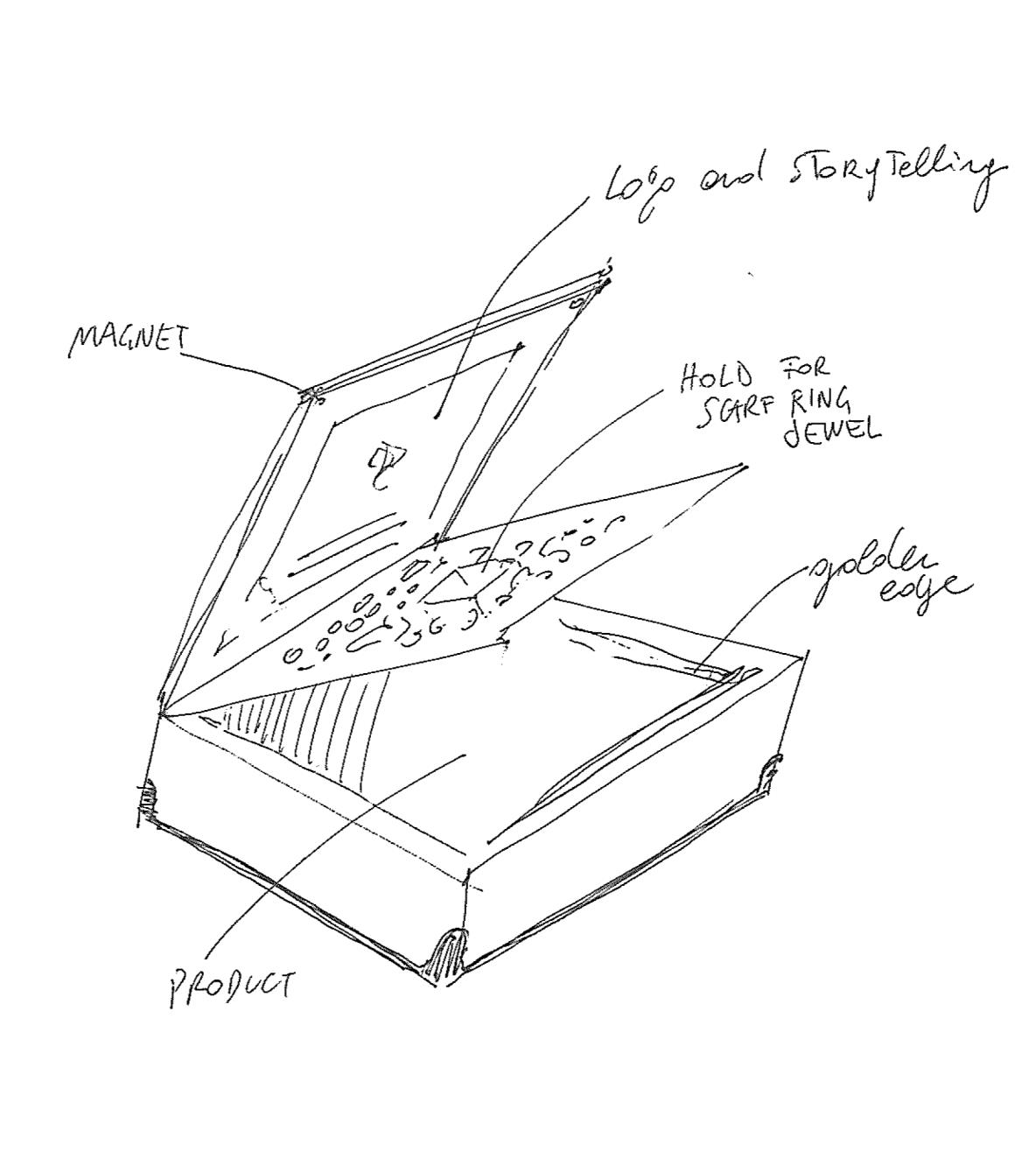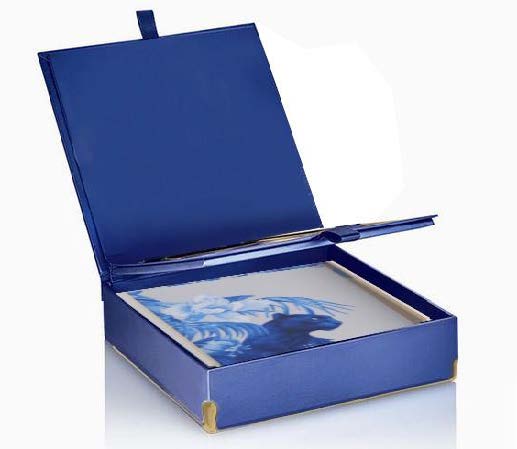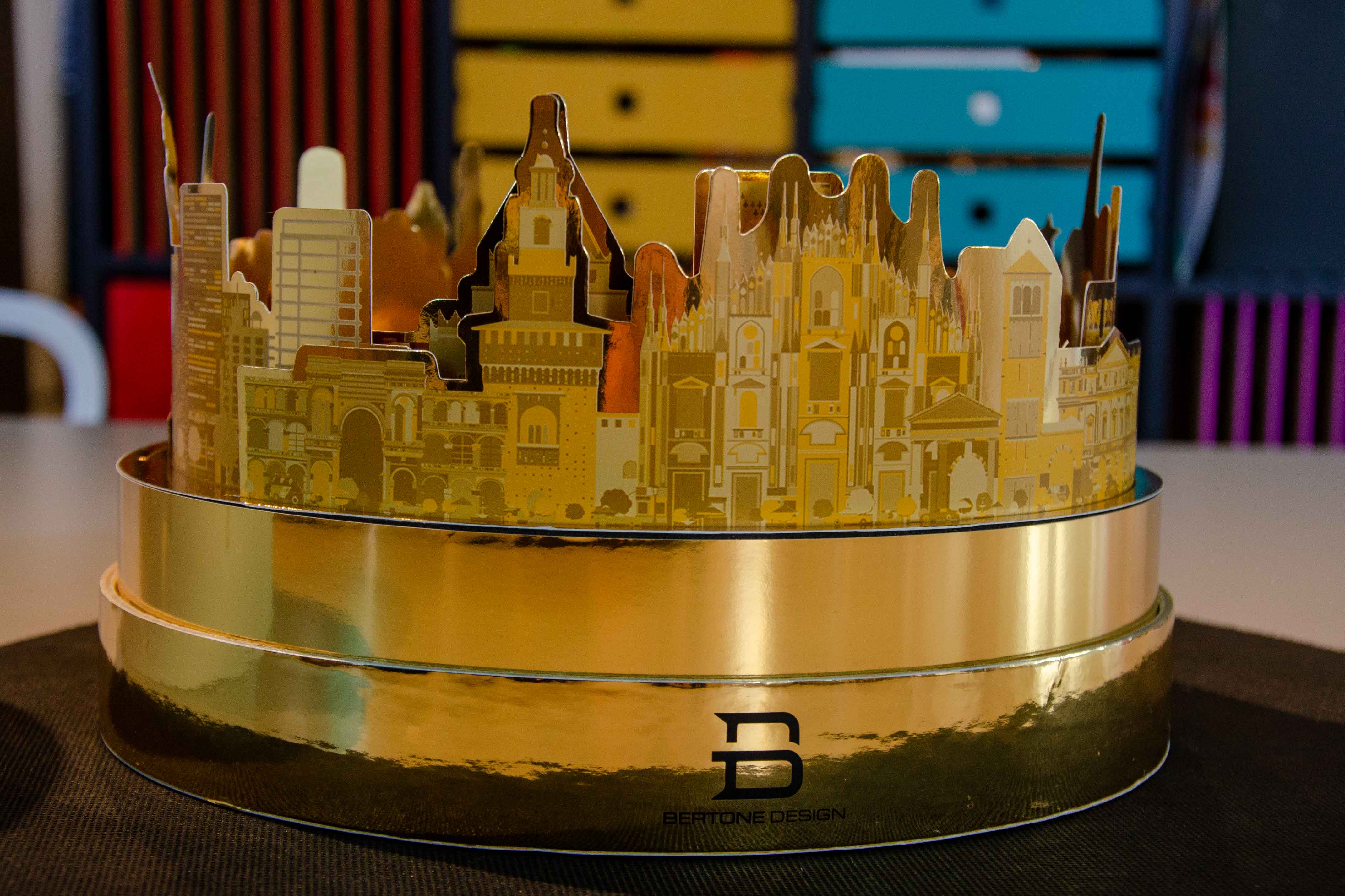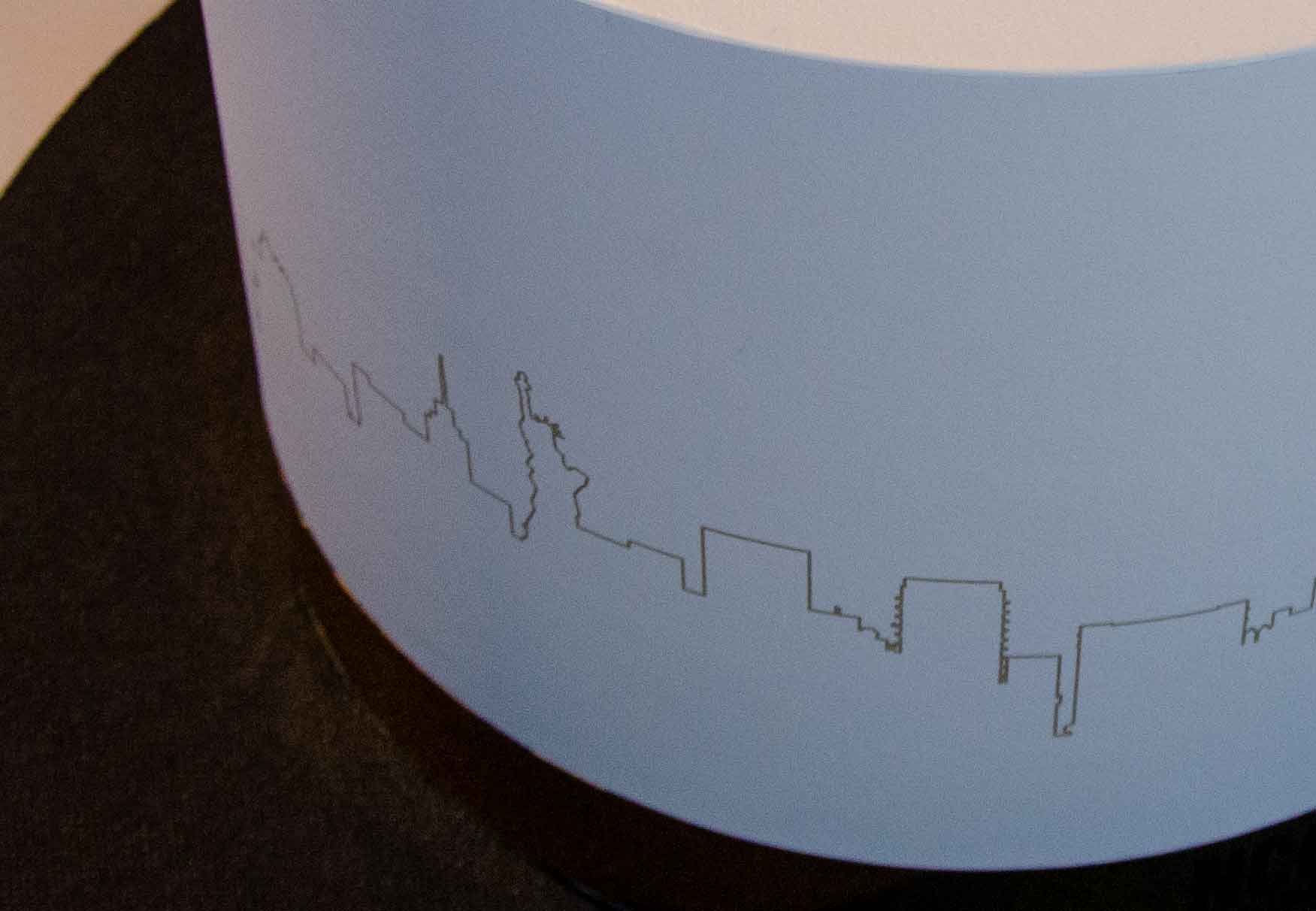ESTETICA AL SERVIZIO DELLA SOSTENIBILITÀ / AESTHETICS' TRIBUTE TO SUSTAINABILITY
ENGLISH VERSION BELOW
/ Olga Bocharova
Contrariamente al detto comune, l’abito fa il monaco, specialmente se si parla del commercio del prodotto. Il packaging apporta un significativo plusvalore al prodotto, trasmette cura dei dettagli e contribuisce alla fidelizzazione del cliente, soprattutto nel periodo dell’esplosione delle vendite online e delle tendenze sui social come l’unboxing. I grandi marchi da tempo prestano attenzione alla confezione, un importante strumento di comunicazione. Tuttavia, dal punto di vista dell’utilizzo, l’imballaggio è la parte meno durevole e quindi la meno sostenibile, proprio per il suo carattere funzionale: nasce come l’involucro protettivo da eventuali urti. Bisogna quindi prevedere le modalità di riutilizzo: pensate a un packaging che potrà servire da un comodissimo svuota tasche o, perché no, da un oggetto di design, posizionato sulla scrivania o sul tavolino da caffè. In questo contesto la comodità dell’uso e l’aspetto estetico giocano il ruolo fondamentale.
Puntare alla comodità
Dal punto di vista funzionale, più il packaging è comodo da usare, più possibilità ci sono che il consumatore lo conservi. Questo non vuol dire che bisogna preferire la semplicità della struttura: la maestria ingegneristica rende facili da utilizzare anche le soluzioni progettuali più ingegnose.
La bellezza al primo piano
Conserviamo volentieri gli oggetti che troviamo piacevoli alla vista e al tatto. Un bell'aspetto del packaging quindi non solo valorizza il prodotto inserito all’interno, ma contribuisce a dare al contenitore una seconda vita, indipendente dal disegno iniziale. Così pure per i packaging realizzati in occasioni speciali, per esempio per i regali di Natale o di Pasqua, oppure per gli omaggi ai clienti.
Scelta dei materiali
E’ importante garantire il piacere tattile della confezione, scegliendo il materiale adatto. Persiste ancora un mito che i materiali riciclati siano di seconda qualità. La verità è che ormai le tecnologie di elaborazione permettono di rendere lussuose anche le materie prime riciclate, senza perdere la qualità del materiale originale.



AESTHETICS' TRIBUTE TO SUSTAINABILITY
Contrary to the common saying, you can judge a book by its cover, especially when it comes to the trade of the product. Packaging brings significant added value to the product, conveys attention to detail, and contributes to customer loyalty, especially in the period of the explosion of online sales and social trends such as unboxing. The big brands have long been paying attention to packaging, an important communication tool. However, from the point of view of use, the packaging is the least durable and therefore the least sustainable part, precisely because of its functional character: it is born as the protective envelope from possible impacts. It is, therefore, necessary to foresee the methods of reuse: think of a packaging that can serve as a very convenient pocket emptier or, why not, as a design object, positioned on the desk or on the coffee table. In this context, the ease of use and the aesthetic aspect play a fundamental role.
From a functional point of view, the more comfortable the packaging is to use, the more chances are that the consumer will keep it. This does not mean that the simplicity of the structure should be preferred: the engineering mastery makes even the most ingenious design solutions easy to use.
We gladly keep objects that we find pleasing to the eye and to the touch. A beautiful appearance of the packaging therefore not only enhances the product inserted inside but helps to give the container a second life, independent of the initial purpose. The same is true for packaging made for special occasions, for example for Christmas or Easter gifts, or for gifts to customers.
It is important to ensure the tactile pleasure of the package by choosing the right material. There is still a myth that recycled materials do not have the same quality as the initially produced material. The truth is that processing technologies allow making even recycled raw materials luxurious, without losing the quality of the original material.




